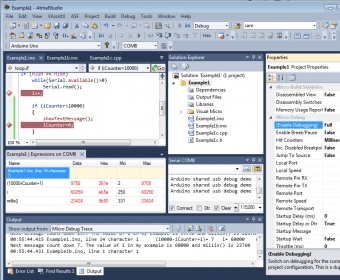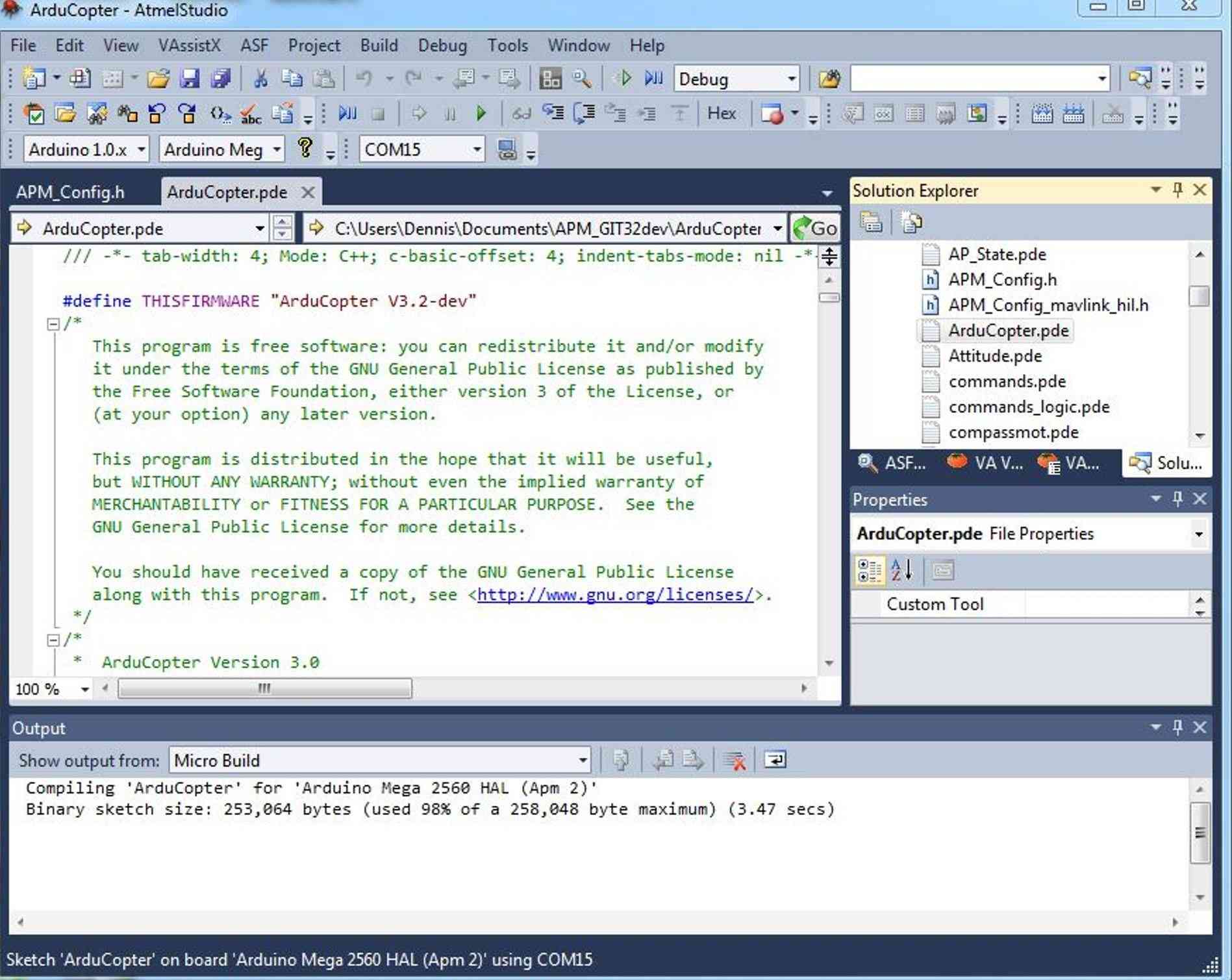- Avr Studio Mac Download Software
- Avr Studio 8
- Atmel Avr Studio 4 Download
- Avr Studio Download Free
- Avr Studio Mac Download Windows 10
This is a quick tutorial for beginners that aims to show how to install tools, compile the code with avr-gcc and send it to the MCU with avrdude. It also introduce basics of automation of this task by putting the all instructions into Makefile. The example files (main.c, main.bin, main.hex, Makefile) has been packaged as a .ZIP file and can be downloaded here.
Updates
[28.10.2019] Take a look at docker version of AVR Toolchain
1. Installing avr-gcc and tools
Mac users interested in Avr studio generally download: AVRFuses 1.4 Free AVRFuses is a simple fuse programmer for the AVR series of microcontrollers from Atmel. WinAVR TM contains all the tools for developing on the AVR. This includes avr-gcc (compiler), avrdude (programmer), avr-gdb (debugger), and more! WinAVR is used all over the world from hobbyists sitting in their damp basements, to schools, to commercial projects. WinAVR TM is comprised of many open source projects. If you feel adventurous.
- Atmel AVR Studio 4: AVR Studio 4 is an IDE, launched by atmel for providing better programming envoinment. It can be used to program all the famous series of atmel i.e. Attiny, Atmega, Xmega. The envoivromnet is very user-friendly. Under given is the welcome screen view for the atmel avr 4 which is available free to download.
- Download Spark AR Studio! Start creating augmented reality experiences and effects without coding or special software.
Avr Studio Mac Download Software
To compile C and/or C++ source code of your firmware you will need gcc-avr compiler, the avr-libc C library and avrdude. What is extremely useful, there are complete and easy to install packages for all major platforms.
Linux, Ubuntu
Ubuntu provides packages, so you can just install them using this command.
Mac OSX
Download AVR MacPack. The MacPack disk image has an installer that does everything for you.
Windows
Download WinAVR, which includes everything you need and has a nice installer.
2. Compiling and burning the code
Now that you have the compiler installed, a next step is to compile simple source code into a .BIN file, then generate Intel .HEX file and finally burn this .HEX file to AVR chip using USBasp programmer.
Example code
Here is an example content of main.c file. The code does nothing except getting stuck in an endless loop but it’s always something!
Compiling
The command below will compile your code. It’s GCC so I assume it looks familiar to you and no additional information is required. If you want perform compilation for some other MCU then you need specify appropriate -mmcu option.
After performing successful compilation, you can check program and data memory size with this command.
Generating .HEX
Most programmers will not accept a GNU executable as an input file, so we need to do a little more processing. So the next step is about converting the information form .BIN into .HEX file. The GNU utility that does this is called avr-objcopy.
Avr Studio 8
Burning
The utility called avrdude can program processors using the contents of the .HEX files specified on the command line. With the command below, the file main.hex will be burned into the flash memory. The -p attiny13 option lets avrdude know that we are operating on an ATtiny13 chip. In other words – this option specifies the device. The full list of supported parts can be found here. Note that full-length names are also acceptable (i.e. t13 equals attiny13).
Voila! Chip is programmed.
Atmel Avr Studio 4 Download
3. Make and makefiles
Now, we can automate this process by creating a Makefile and putting our commands there. The structure of a Makefile is very simple, and more information about it can be found here. Utility make reads automatically a Makefile file in the folder where you launch it. Take a look at a ready-made example.
If you launch a simple make in the terminal, only label “all” will be executed. When you launch (sudo) make flash label “flash” will be executed, and so on.
4. Summary
Essentially, assuming that our program is in main.c, only those three things are needed to compile and burn the code to AVR chip.
It’s important to highlight that we can easily automate whole process with Makefiles. Sooner or later you will need it!
Related Articles:
AVR Studio on Mac OS

by seer on Nov.11, 2011, under Uncategorized
AVR studio is the official development tool for AVR chips. Users can focus on programming rather than Makefile or configuring the tool chain. Also both the hardware and software simulation function is powerful and it is the only way for us to use the debugging tools to troubleshoot in real environment.
This is a tutorial of using PlayOnMac to run the AVR studio in Mac OS. The software functions pretty well. I haven’t tested the connection of the programming tools.
First you need to download PlayOnMac, AVR Studio and WinAVR. I’m using PlayOnMac4.0.13, AVR Studio 4.19 and WinAvr 20100110.
PlayOnMac is based on wine. Although you can download the source code and compile, it is easier to use the pre-compiled binary package.
Avr Studio Download Free
PlayOnMac requires XQuartz2.6.3. So you need to upgrade your system to higher than 10.6.3 before installing XQuartz. You’d better logout and log back in after the installation of PlayOnMac to update your DISPLAY environment variable to point to XQuartz.app rather than X11.app. Otherwise, X11 will mess up most icons in AVRstudio just like the following pictures. I realized this problem after taking most of the screenshots.
Double click WinAvr to install it first.
Then open the configuration window in PlayOnMac and select winavr prefix. Click “Run a .exe file in this virtual drive” to install AVRStudio. If you install them separately, AVRstudio will not find the toolchain.
You can make a shortcut of AVRstudio.exe to make it easier for further use.
Now you can launch AVRstudio. If you get an error message like the second screenshot, it is cause by the separation of AVRstudio and WinAvr.
You can create a new project by project wizard. This project will make the on-board led blink on Arduino board.
Choose AVR Simulator and ATmega328P.
In “Project”->”Configuration Options”, change Frequency to 16000000.
Press F7 to compile the project (the code won’t appear automatically so you need to type or paste them).
Then you can find the compiled hex file in Finder.
As long as you can upload a sketch in Arduino IDE, you can get the avrdude command by holding shift and press upload.
Simply replace the file name and path of the target hex file; you can upload the hex file via bootloader.
The led on Arduino will blink.

UPDATE:
Avr Studio Mac Download Windows 10
Logout and log back in after installation of PlayOnMac. You can see PlayOnMac is using XQuartz instead of X11. All icons are displayed correctly.

Comments are closed.